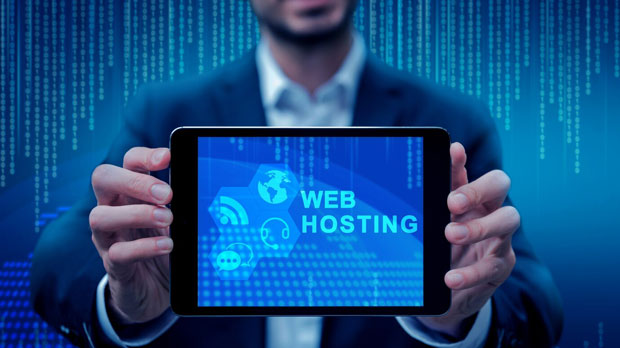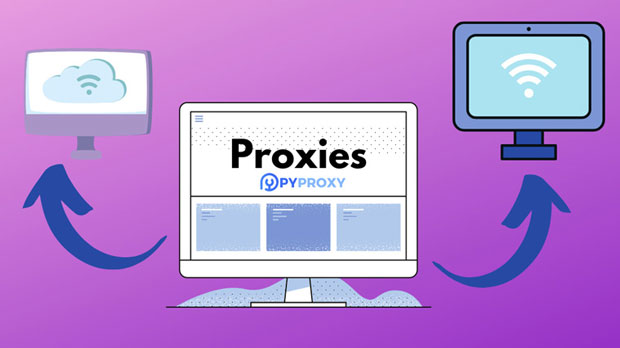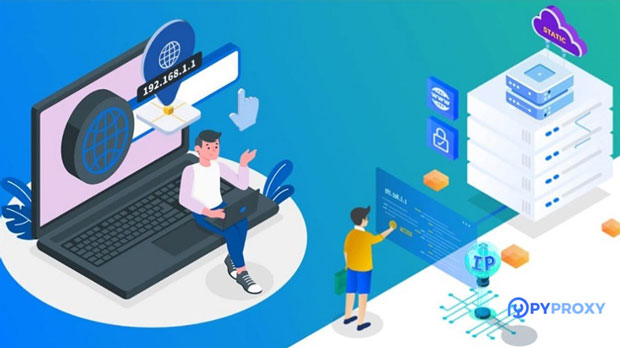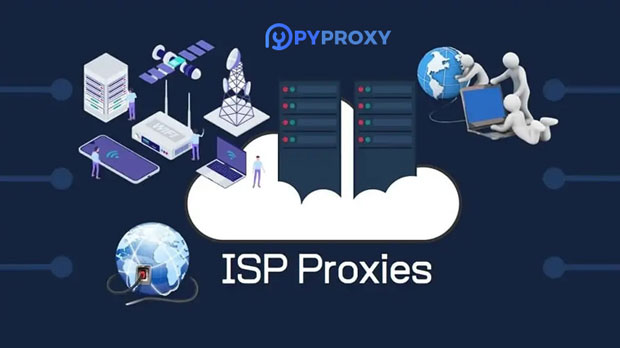socks5 proxies are a popular solution for users who need a secure and flexible way to access the internet anonymously. They route your internet traffic through an intermediary server, masking your IP address. However, there is a notable difference between the free and premium versions of SOCKS5 proxies. Free versions typically come with limitations such as slower speeds, fewer server locations, and potential security concerns. On the other hand, premium SOCKS5 proxies offer superior speed, enhanced security, dedicated customer support, and more reliability. In this article, we will compare the two versions in greater detail to help you understand how the differences can impact your online experience. 1. Performance: Speed and StabilityThe most significant difference between free and premium SOCKS5 proxies lies in performance, particularly speed and stability.Free Version:Free SOCKS5 proxies are generally less reliable in terms of speed. Since they are typically hosted on shared servers, the traffic volume is higher, which can lead to slower connection speeds. During peak usage times, the speed can significantly drop, making activities like streaming, gaming, or large file downloads more difficult. Free proxies also tend to experience more downtime due to overcrowded servers or insufficient maintenance, resulting in poor stability.Premium Version:Premium SOCKS5 proxies offer much better performance. They are usually hosted on dedicated servers, which means they are not as likely to experience congestion. Additionally, premium services often provide higher bandwidth and a more consistent connection, which improves speed, especially during high-demand periods. For users who rely on proxies for demanding tasks such as HD streaming or running multiple applications simultaneously, the premium version is usually the better option.2. Security: Privacy and ProtectionWhen using SOCKS5 proxies, security is always a priority. However, the level of security provided can differ greatly between free and premium versions.Free Version:Free proxies may not offer the same level of security as premium services. Many free SOCKS5 proxies lack encryption or use outdated methods, leaving users vulnerable to data breaches, man-in-the-middle attacks, or unauthorized access. Additionally, free proxy providers may log your internet activities, potentially compromising your privacy. Since many free services operate without a business model beyond user data collection, the safety of your personal information is not guaranteed.Premium Version:Premium SOCKS5 proxies typically employ strong encryption protocols and additional layers of protection to secure user data. They are more likely to follow privacy policies that explicitly state they do not log user activity. Moreover, premium services often undergo regular security audits and implement advanced security measures to protect your data and online identity. This makes the premium version the better choice for users concerned about online privacy and security.3. Server Locations: Accessibility and Geographic DiversityThe number and quality of available server locations can have a significant impact on the functionality of a socks5 proxy.Free Version:Free SOCKS5 proxies generally offer a limited selection of server locations. Most of these proxies have servers in only a few countries, which can restrict access to certain content or services. If you need to access websites or services that are region-locked, a free proxy may not be sufficient. Furthermore, because free proxies are shared by many users, the servers can become overloaded, resulting in slower speeds and occasional downtime.Premium Version:Premium SOCKS5 proxies, on the other hand, tend to offer a broader selection of servers located across many countries. This increased geographic diversity allows users to bypass geo-blocks and access content from different regions without issues. Whether you need to appear as though you’re browsing from a specific country for streaming or security purposes, the premium version provides more flexibility and reliability. Additionally, premium providers often offer dedicated IPs, which can further improve your online experience.4. Support: Customer Service and AssistanceGood customer support can make a big difference, especially when troubleshooting connection issues or resolving technical problems.Free Version:Customer support is often non-existent or very limited with free SOCKS5 proxies. Since these services are usually provided at no cost, providers do not have the resources to offer 24/7 support or troubleshooting assistance. Users of free proxies may have to rely on forums or community-based solutions for help, which can be slow and unreliable. If a problem arises, it can take a long time to find a resolution, if at all.Premium Version:Premium SOCKS5 proxies typically come with dedicated customer support. Most premium services offer 24/7 support through multiple channels, including live chat, email, and sometimes phone support. This ensures that if any issues occur, users can quickly get assistance and resolve problems in a timely manner. For users who depend on their proxies for work or sensitive online activities, reliable customer service can be a critical factor in choosing a premium version.5. Reliability: Uptime and AvailabilityReliability is a crucial factor when it comes to choosing a SOCKS5 proxy, as downtime can interrupt your online activities.Free Version:Free SOCKS5 proxies are notorious for their lack of reliability. Since many free services rely on public, shared servers, the network can become unstable, leading to frequent outages or interruptions in service. During high-traffic periods, users may experience slow or unreliable connections. The lack of a support team or proper maintenance only exacerbates these issues, making free proxies less dependable for consistent use.Premium Version:Premium SOCKS5 proxies offer much better reliability. Paid services invest in high-quality infrastructure and prioritize uptime, which means their servers tend to experience less downtime. Most premium providers offer a Service Level Agreement (SLA), ensuring a certain level of uptime, usually between 99.9% and 100%. This makes premium SOCKS5 proxies ideal for users who require uninterrupted service for activities like online gaming, work, or business operations.6. Costs: Financial ConsiderationsThe most obvious difference between free and premium SOCKS5 proxies is cost.Free Version:The major advantage of free SOCKS5 proxies is, of course, that they come at no cost. They are appealing to users who don’t want to spend money on proxy services. However, the free nature of these proxies often comes with trade-offs in terms of performance, security, and reliability, as previously discussed. For users who only need a proxy for occasional, light use, free SOCKS5 proxies may be sufficient. However, those who require more consistent and secure services will likely find the drawbacks outweigh the lack of cost.Premium Version:Premium SOCKS5 proxies come with a subscription fee, which can vary depending on the service provider and the features offered. Although these proxies incur a cost, the benefits—such as enhanced security, faster speeds, better reliability, and customer support—can be worth the investment for users who rely heavily on proxies for their daily online activities. The financial outlay is typically reasonable when compared to the value and performance gained.Conclusion: Which Is Right for You?The decision between a free or premium SOCKS5 proxy largely depends on your needs and how you intend to use the proxy service. If you need a reliable, secure, and fast connection for activities such as streaming, gaming, or business operations, a premium SOCKS5 proxy is the better choice. The added benefits of enhanced security, better performance, and customer support make it worth the cost.On the other hand, if your usage is infrequent or less demanding, and you’re simply looking for a basic proxy for anonymity without too much concern for speed or security, a free version may be sufficient. However, for serious or privacy-conscious users, investing in a premium proxy is highly recommended for a smoother and more secure online experience.In conclusion, the differences between free and premium SOCKS5 proxies are significant, and understanding these differences can help you make an informed decision about which version best suits your needs.
Jan 09, 2025
![arrow]()



















































